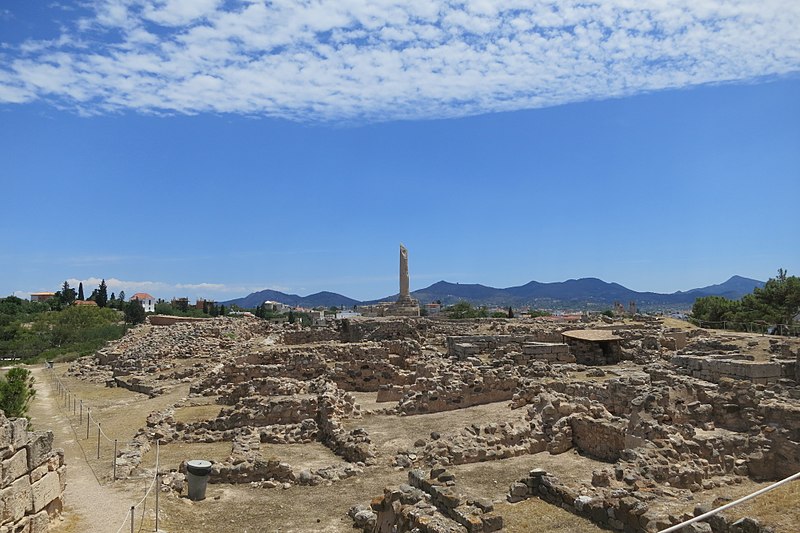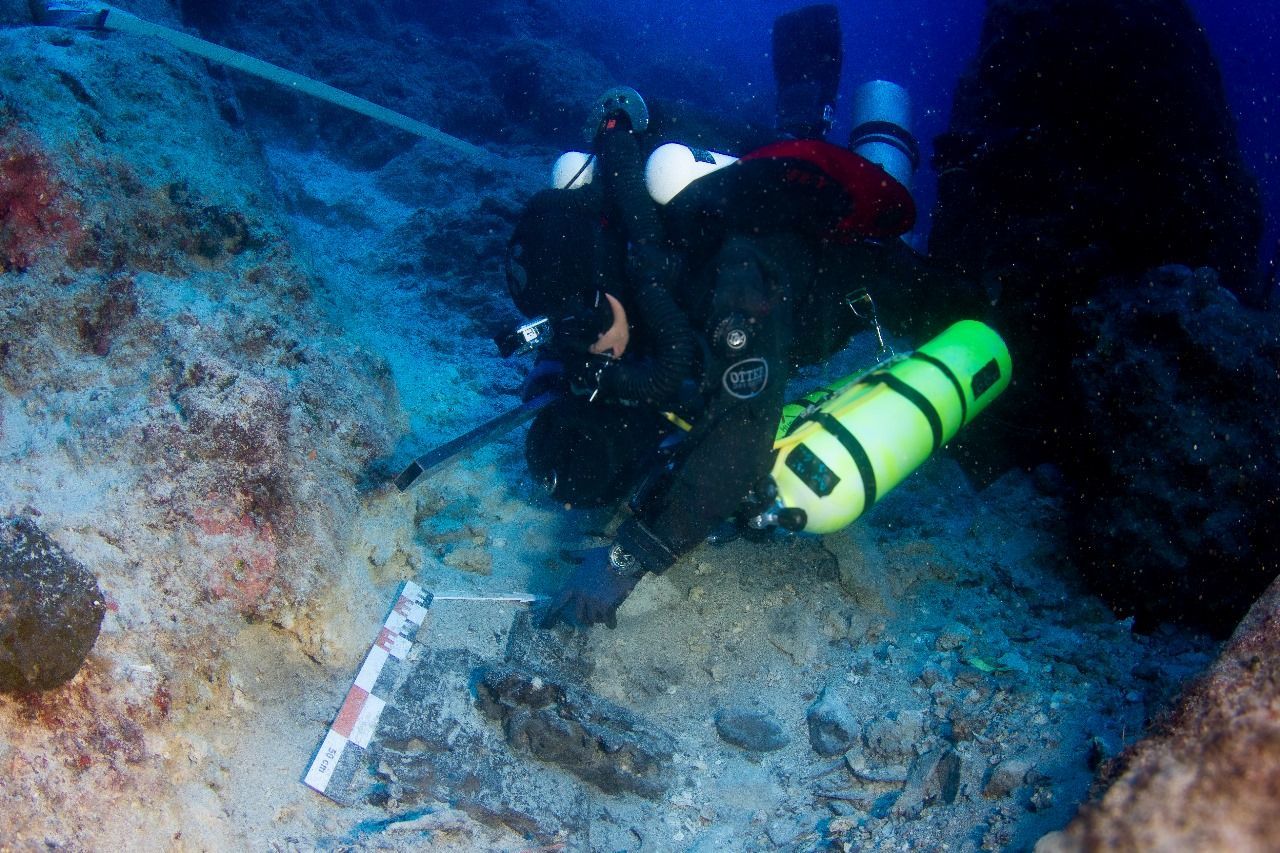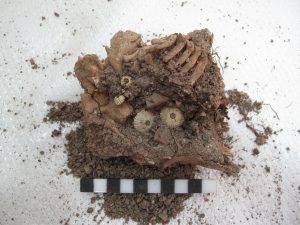The celebrated Antikythera shipwreck, named after the small southwest Aegean isle in whose waters the eponymous artifact-cum-ancient-mechanism was discovered, continues to yield significant archaeological finds from the sunken vessel.
The latest underwater expedition, conducted in May and June this year by the Swiss School of Archaeology in Greece and the Greek Culture Ministry’s Ephorate of Underwater Antiquities, turned up numerous artifacts and revealed a significant portion of the ancient vessel’s hull.
Specifically, more than 300 objects, including 21 marble fragments – 18 of them from marble statues – and more than 200 ceramic fragments were retrieved.
The hand-powered mechanism was salvaged from an ancient shipwreck discovered by divers in 1901. Decades of research since has mostly coalesced on the hypothesis that the box-shaped object served as a mechanical computational device that employed gears and dials to track astronomical events, such as solar eclipses and planetary movements.
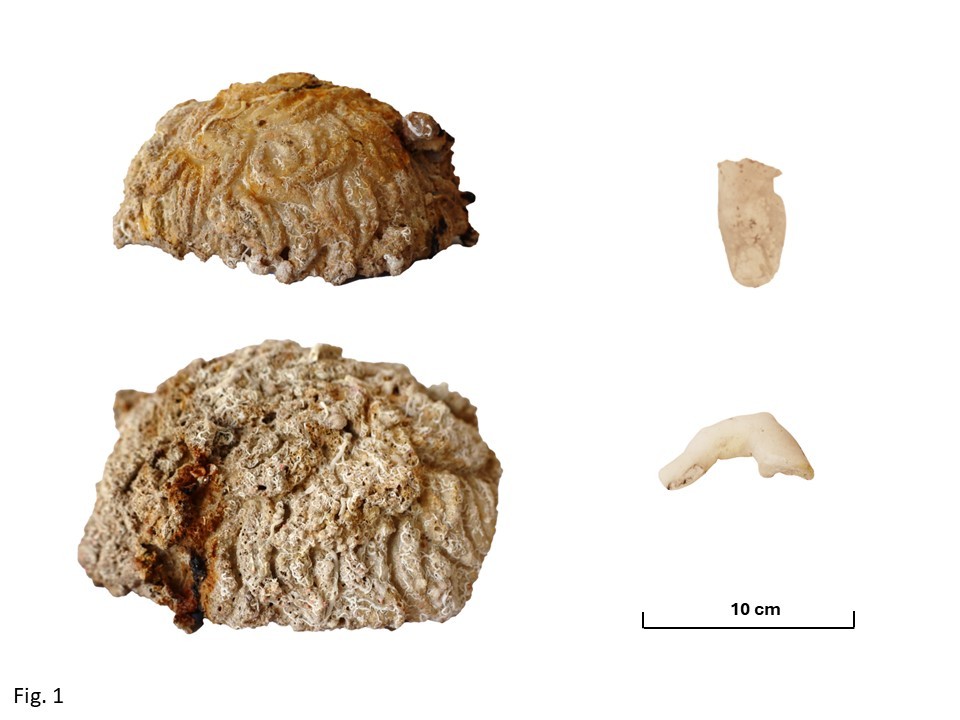
Mαρμάρινα μέλη προερχόμενα από ένα η περισσότερα αγάλματα, τμήμα κεφαλής με βοστρυχωτή κώμη, δακτύλου χειρός και δακτύλου ποδιού. @ΥΠΠΟ
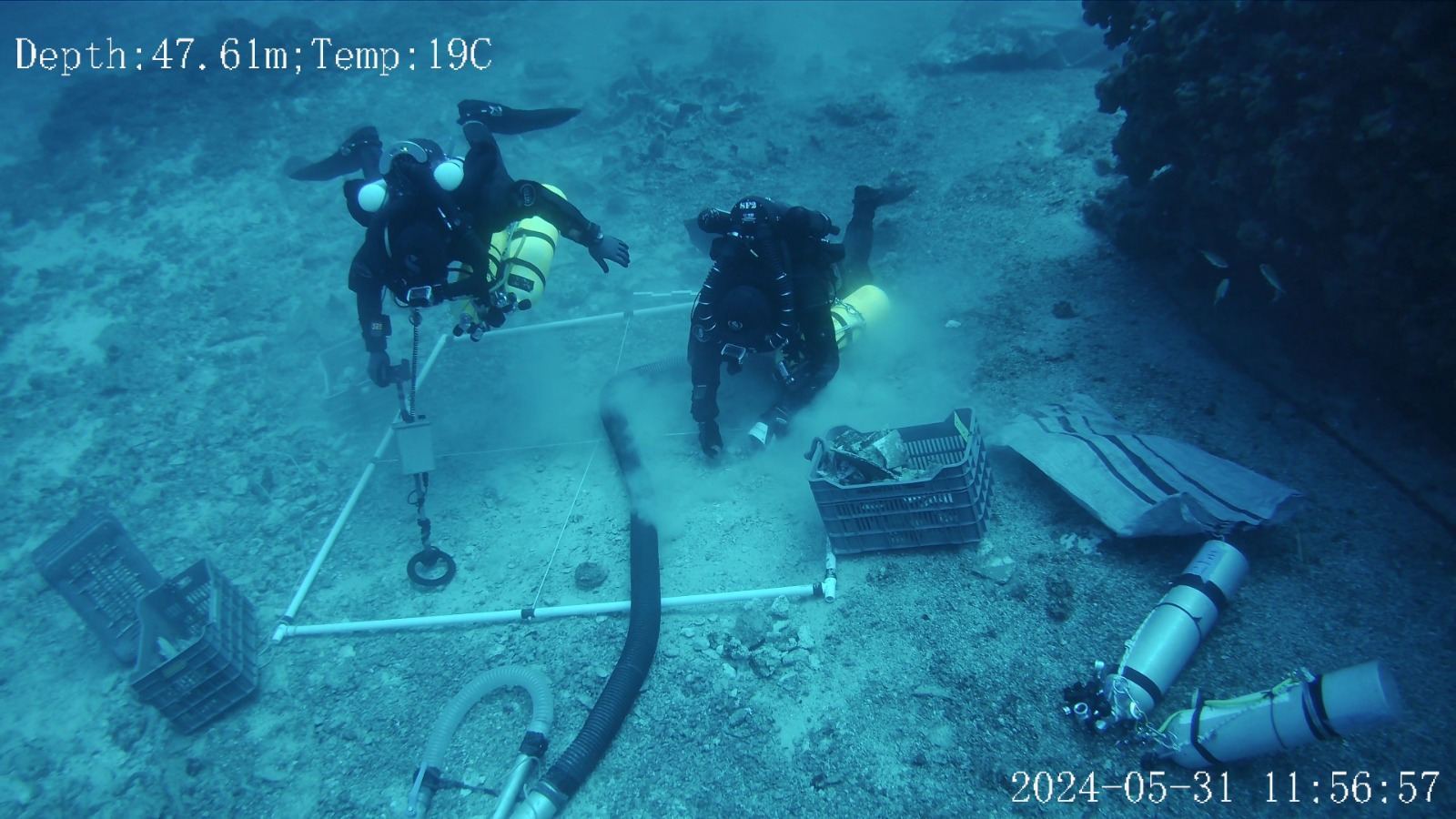
Διάνοιξη ανασκαφικής τομής σε βάθος 48μ. Αποκάλυψη τμήματος του ξύλινου πετσώματος του αρχαίου πλοίου. @ΥΠΠΟ

